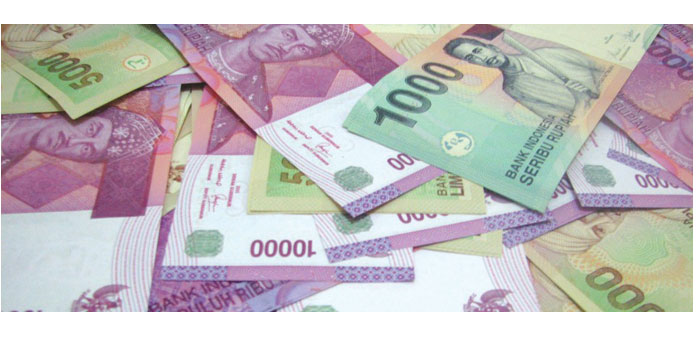Reuters/Mumbai/London
The Indian rupee crashed to a new record low against the dollar yesterday, leading a rout in the emerging market currencies that investors perceive as being most vulnerable to an exodus of foreign capital.
A fierce sell-off in many emerging currencies shows no sign of abating as the expected withdrawal of US monetary stimulus prompts investors to shun markets burdened by funding deficits, slowing economies and inflation.
The rupee fits that bill, as do the Indonesian rupiah, South African rand and Brazilian real. The rupiah plunged to four-year troughs yesterday while the rand lost another 1% to bring year-to-date losses to almost 17% against the dollar.
Brazil’s real looks likely to extend last week’s 5%-plus falls. Like the rupee it has been hammered by doubts over the efficacy of policy actions to stem the rout.
The rupee is the worst performer in Asia since late May, when the US Federal Reserve first signalled that it may begin “tapering” its monetary stimulus this year. India’s currency has lost 13% against the dollar this year, threatening to drive Asia’s third-largest economy towards a full-blown crisis.
“Our primary concern is that the policy authorities still don’t ‘get it’ — thinking this is a fairly minor squall which will simmer down relatively quickly with fairly minor actions,” Robert Prior-Wandesforde, an economist at Credit Suisse in Singapore, wrote in a note on the Indian currency yesterday.
The partially convertible rupee has continued to weaken despite the central bank’s dollar sales and its latest curbs on outflows from companies and individuals, announced last Wednesday, which have dented India’s stock and bond markets.
As the global flow of cheap money wanes, many emerging markets are feeling the heat.
Among the most vulnerable to sudden capital flight are the currencies of countries already struggling with wide current account deficits, such as India and Indonesia.
“The market is still acting on the negative current account and fiscal deficits,” said Nizam Idris, a strategist with Macquarie Capital, when asked about the two Asian laggards.
The latest blow for the Indonesian rupiah came late on Friday when central bank data showed the current account deficit jumped to 4.4% of GDP in the second quarter of the year, from 2.4% in the previous quarter.
South Africa’s central bank, unlike its peers, has not stood in the way of the rand’s weakness.
The rand hit a five-week low at around 10.2 per dollar yesterday as Fed-fuelled headwinds were exacerbated by fresh labour strife and upcoming Chinese data that is expected to paint a picture of weaker growth in South Africa’s biggest export market.
“They have very weak growth but can’t cut interest rates so they are using the currency as the lever,” said Guillaume Salomon, a strategist at Societe Generale in London.
“The big question is at what point will it change its attitude. Possibly, it will take a move up to 11 (per dollar).”
The risk for these so-called deficit economies is that as global liquidity is reeled back by the Fed, weakness in the real or the rupee will force investors to flee stock and bond markets.
That could exacerbate the currency sell-off in a self-perpetuating vicious cycle leading potentially to balance of payments crises.
All these countries rely heavily on foreign capital inflows to plug current account gaps that range from 3% in Brazil and 4.8% in India to 6.5% in South Africa.
“India and South Africa are the two currencies that are most at risk ... The end game is that as long as the currency trades with a weak bias, concerns about outflows will remain,” Salomon of Societe Generale said.
Those fears are now evident in financial markets, with Indian equities sliding nearly 2% and 10-year borrowing costs rising above 9% to the highest since 2008. Stocks in Jakarta fell 3% and bond yields surged to March 2011 peaks.
South African yields were at their highest in over a year.
Markets are waiting to see what else Brazil’s central bank can do to reassure investors after an estimated $30bn worth of intervention this year via currency swaps.
All that did not save the real from plummeting on Friday to its lowest level since the days of the 2009 global financial crisis.
As in India, Brazil’s previously fast-growing economy has slowed, disappointing investors and Brazil, like Indonesia, has seen a sharp deterioration in its balance of trade due to a cooling in China’s appetite for commodities.



